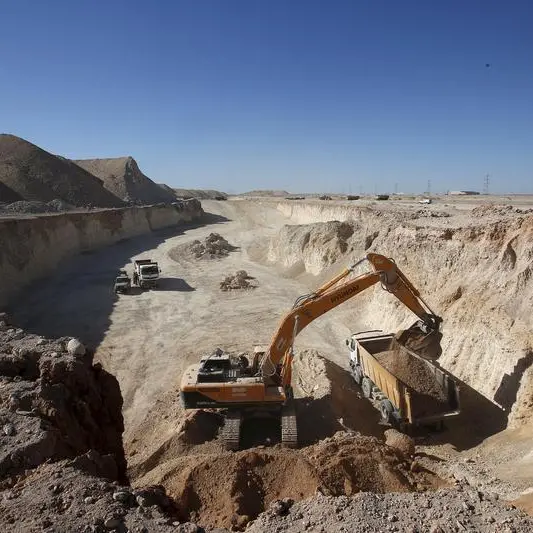U.S. natural gas futures slid to a one-week low on Thursday on forecasts for milder weather in late April and early May.
Some traders noted the gas market shrugged off record exports, a recent decline in production and forecasts for cooler weather and higher heating demand this week that could cause utilities to take the unusual step of pulling gas from storage.
The last time utilities pulled gas from storage in April was in 2018.
Thursday's price decline also comes ahead of a federal report expected to show utilities added more gas to storage last week than usual for this time of year. Utilities have been adding more gas to storage or pulling less from storage for six weeks in a row.
Analysts forecast U.S. utilities added 49 billion cubic feet (bcf) of gas into storage during the week ended April 16. That compares with an increase of 47 bcf in the same week last year and a five-year (2016-2020) average increase of 37 bcf.
If correct, last week's injection would boost stockpiles to 1.894 trillion cubic feet (tcf), or 1.2% above the five-year average of 1.871 tcf for this time of year.
Front-month gas futures fell 2.7 cents, or 1.0%, to $2.665 per million British thermal units by 9:00 a.m. EDT (1300 GMT), putting the contract on track for its lowest close since April 15.
That also put the front-month down for a third straight day for the first time since mid March and boosted the premium of futures for June over May to its highest on record.
Data provider Refinitiv said gas output in the Lower 48 U.S. states averaged 91.4 billion cubic feet per day (bcfd) so far in April, down from 91.6 bcfd in March. That compares with a record monthly high of 95.4 bcfd in November 2019.
Refinitiv projected average gas demand, including exports, would fall from 98.3 bcfd this week to 89.8 bcfd next week as the weather turns seasonally milder. Those forecasts were higher than Refinitiv projected on Wednesday.
The amount of gas flowing to U.S. LNG export plants averaged 11.5 bcfd so far in April, which would top the monthly record of 10.8 bcfd in March.
Analysts said LNG feedgas looks set to break March's record in April even though flows were expected to decline later this month due to planned work on a couple of facilities and the pipelines serving them, including Cheniere Energy Inc's plants in Texas and Louisiana and Cameron LNG's plant in Louisiana.
U.S. pipeline exports to Mexico, meanwhile, averaged 6.1 bcfd so far in April, up from 5.9 bcfd in March and on track to top the monthly record of 6.0 bcfd in September 2020, according to Refinitiv data.
(Reporting by Scott DiSavino; Editing by Kirsten Donovan) ((scott.disavino@thomsonreuters.com; +1 332 219 1922; Reuters Messaging: scott.disavino.thomsonreuters.com@reuters.net))











